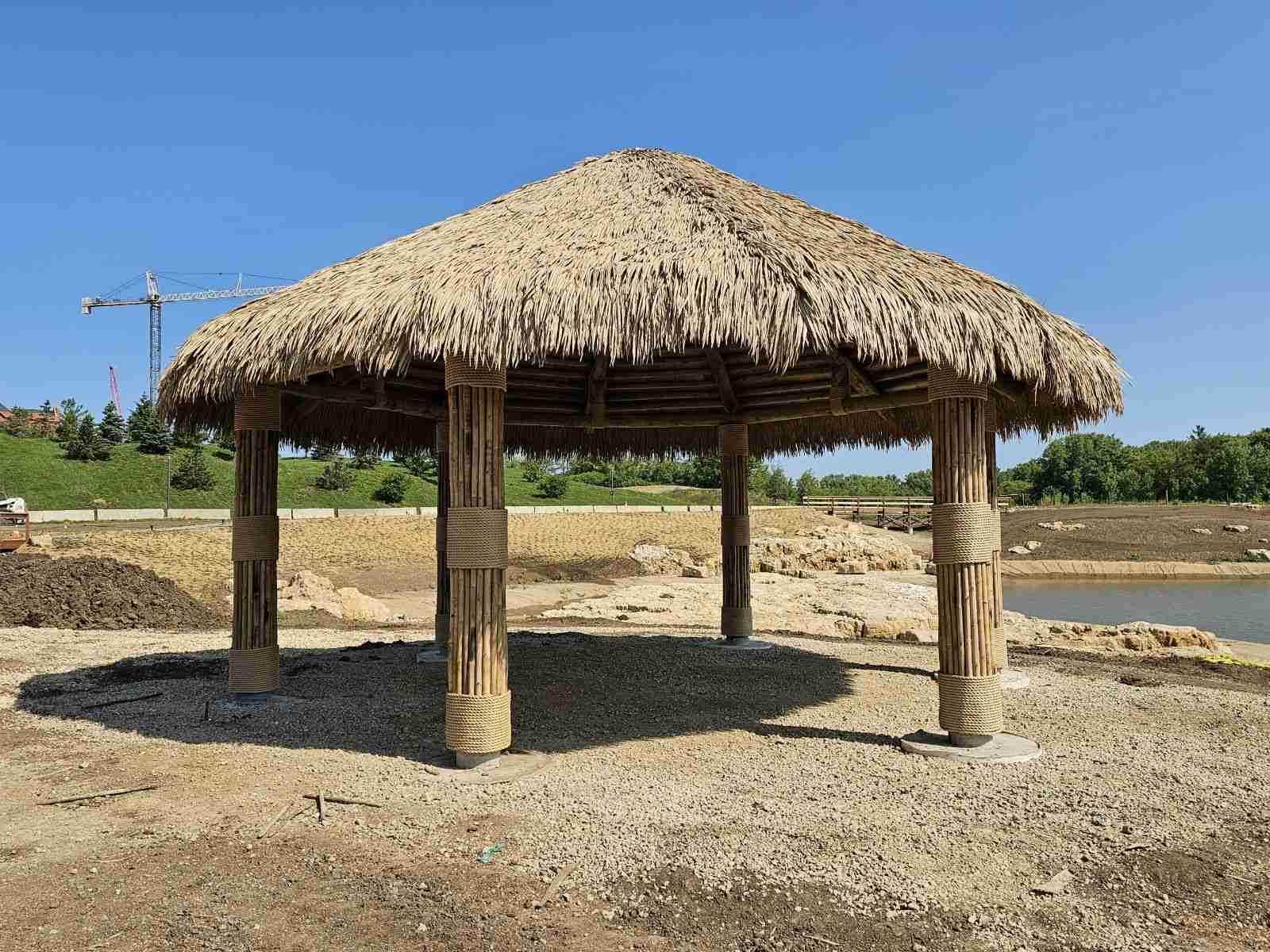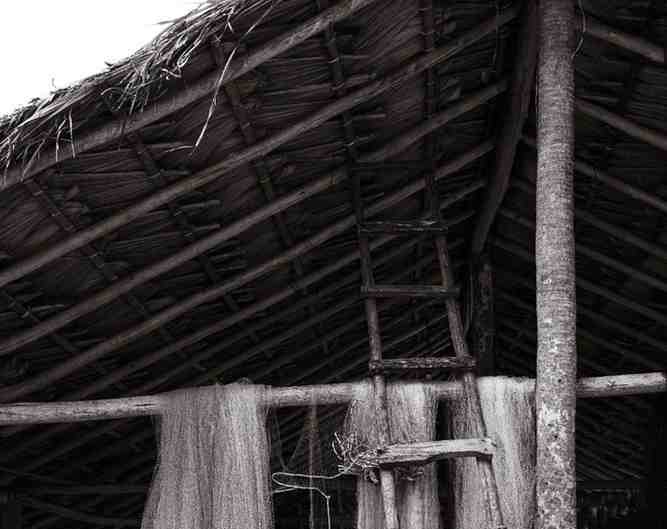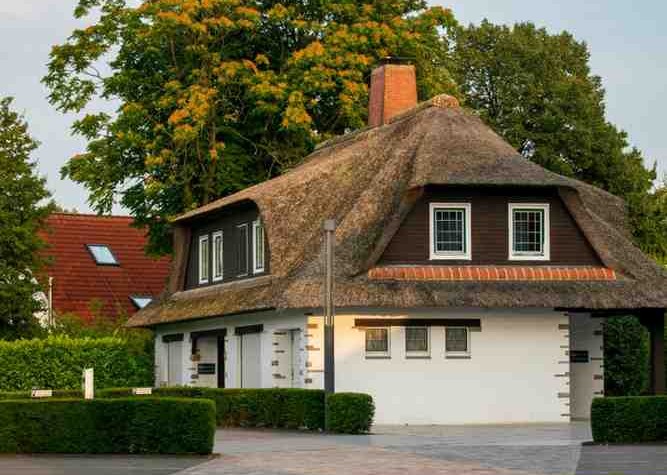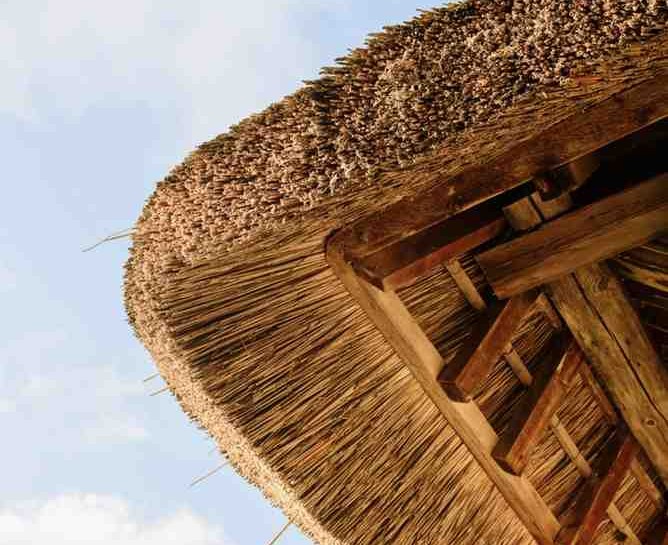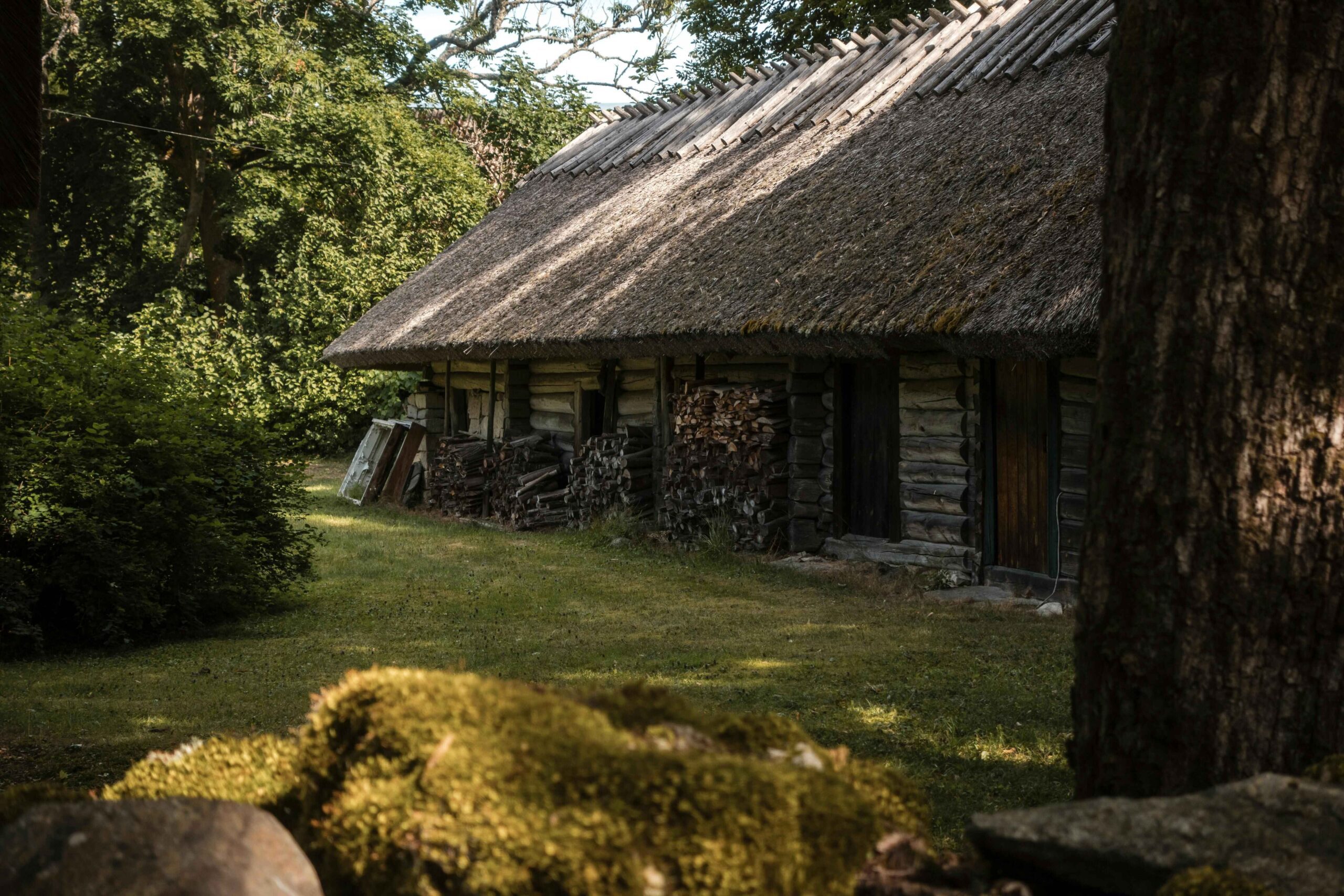
Tristan Ishtar
VP of Sales
The rhythmic clinking of ice in a tropical cocktail, the gentle sway of palm fronds overhead, and the warm embrace of island breezes—with a well-designed Tiki pergola, you can bring this slice of paradise to life.
These charming structures have become the must-have feature for creating an instant exotic escape, transporting visitors to a Polynesian oasis with their rustic charm and tropical allure.
Whether you’re a resort architect aiming to elevate your guests’ experience or a homeowner dreaming of a personal tropical retreat, you’ll discover the essential elements that transform a simple structure into an extraordinary Tiki pergola in this comprehensive guide.
Tiki Pergola Basics
Before we dive into the specifics of designing your perfect Tiki pergola, it’s essential to grasp the fundamental elements that define these unique structures. A Tiki pergola combines the open-air feel of a traditional pergola with the tropical aesthetics of Polynesian architecture, creating a versatile and inviting outdoor space.
Key elements of a Tiki pergola include:
- A sturdy frame (typically wood or metal)
- Thatched roofing (natural or synthetic)
- Open sides for airflow and views
- Tropical-inspired decorative elements
These structures offer numerous benefits, such as:
- Creating a focal point in outdoor spaces
- Providing shade and shelter
- Enhancing the ambiance of resorts, theme parks, and residential areas
- Offering a unique, immersive experience for guests or visitors
Choosing the Right Frame for Your Tiki Pergola
The frame of your Tiki pergola serves as its backbone, determining both its structural integrity and its overall aesthetic appeal. When selecting a frame, you’ll need to consider factors such as durability, weight-bearing capacity, and compatibility with your chosen thatching material.
Aluminum Frames
Aluminum frames offer a lightweight and corrosion-resistant option for Tiki pergolas. However, they come with limitations, particularly when it comes to thatching options.
“What I get more often than not is someone has bought an aluminum pergola, and they want to put thatch on it,” says Tristan Ishtar, vice president of sales at amaZulu. “But you can’t put synthetic thatch on it because it has to be nailed in like shingles.”
Instead, you’ll have to buy a natural thatch that can be unrolled over the structure.
Wooden Frames
For a more authentic and robust Tiki pergola, wooden frames are often the preferred choice. Cypress, in particular, is a popular option due to its natural resistance to decay and insects. Heavier wooden frames provide the necessary support for a wider range of thatching materials and installation methods.
Thatching Options for Your Tiki Pergola
The thatching on your Tiki pergola is what truly brings the tropical vibe to life. There are two main categories of thatching to consider: natural and synthetic. Each option has its own set of advantages and considerations.
Natural thatch offers an authentic look and feel, but it requires more frequent maintenance and replacement.
“We have rolls of Mexican raincape, which is a natural thatch – it’s woven in one village in Mexico,” Tristan says. “You can unroll that over aluminum top, but because of the open weave it’s not waterproof, and because it’s dead leaves you have to change it out every year unless you’re in a dry climate where you can get 5-8 years out of it.”
Synthetic thatch, on the other hand, provides longer-lasting durability and lower maintenance requirements. However, it may require specific installation techniques and spacing to achieve the desired look.
When choosing between natural and synthetic thatch, consider factors such as:
- Climate and weather conditions
- Desired lifespan of the thatching
- Maintenance preferences and capabilities
- Budget constraints
- Authenticity of appearance
Installation Considerations
Proper installation is crucial for the longevity and appearance of your Tiki pergola. Whether you’re using natural or synthetic thatch, attention to detail during the installation process can make a significant difference in the final result.
Spacing for Horizontal Battens
The spacing of horizontal battens plays a big role in supporting your chosen thatch material. For example, chickee huts by Seminole native Americans offer a great look, but the material you use makes a difference in terms of the spacing you need.
“Chickee huts are gorgeous and made out of cypress, but the horizontal battens are every 16-18 inches,” Tristan says. “If you want to switch to synthetic to avoid rot, then you have to put them in every 9 inches, and that gets pricey.”
Nailing Techniques
Different thatch types require specific nailing techniques to ensure secure attachment and proper water runoff. Synthetic thatch often needs to be nailed in like shingles, while some natural thatch options can be rolled out and secured differently.
Waterproofing Considerations
While some thatch materials offer natural water resistance, others may require additional waterproofing measures. Consider the climate and intended use of your Tiki pergola when planning for waterproofing.
Maintenance and Longevity
Maintaining your Tiki pergola is essential for preserving its beauty and functionality over time. The type of thatch you choose will significantly impact your maintenance routine and the structure’s overall longevity.
- Natural thatch:
- Requires more frequent maintenance
- May need replacement every 1-5 years, depending on climate
- Offers an authentic look but less durability
- Synthetic thatch:
- Requires minimal maintenance
- Can last significantly longer than natural thatch
- Provides consistent appearance over time
If you live in a dry climate, you might be able to get a longer life from the natural thatch. Humid or rainy climates, however, are bad for natural thatch and so synthetic is a better choice.
Design Inspiration for Tiki Pergolas
Creating the perfect Tiki pergola involves balancing traditional Polynesian aesthetics with modern design sensibilities. Here are some inspirational ideas to consider:
- Traditional Polynesian motifs and patterns incorporated into the structure
- Custom-carved wooden elements to add authenticity
- Creative lighting solutions to enhance the tropical atmosphere
- Integration of water features or fire elements for added ambiance
- Versatile seating arrangements to accommodate various uses
Remember, the key to a successful Tiki pergola design is creating an immersive experience that transports visitors to a tropical paradise.
Bring Paradise to Life with amaZulu’s Tiki Pergola Expertise
Ready to transform your space into a tropical oasis? Let amaZulu’s thatch experts guide you in creating the perfect Tiki pergola that will transport your guests to a Polynesian paradise.
Why Choose amaZulu for Your Tiki Pergola Project?
- Unmatched Expertise: With years of experience in tropical theming, we know Tiki pergolas inside and out.
- Premium Thatch Options: From authentic Mexican raincape to long-lasting synthetic solutions, we offer the best in natural and artificial thatch.
- Customized Solutions: Every project is unique, and we tailor our recommendations to your specific needs and climate.
- Installation Insights: Benefit from our knowledge on proper framing, battening, and waterproofing techniques.
Take the First Step Towards the Perfect Tiki Pergola
Our Tiki pergola specialists are ready to:
- Help you choose between natural and synthetic thatch options
- Provide expert advice on frame selection and installation
- Offer maintenance tips to ensure your pergola’s longevity
- Create a personalized quote that fits your vision and budget
Don’t settle for an ordinary outdoor space when you can have an extraordinary tropical retreat. Contact amaZulu and let us help you bring your Tiki pergola dreams to life!

Tristan Ishtar
VP of Sales
With over 11 years at amaZulu, Tristan brings deep expertise in tropical building materials and a customer-focused approach. He serves as a trusted consultant for architects and designers, providing expert guidance without high-pressure sales.

